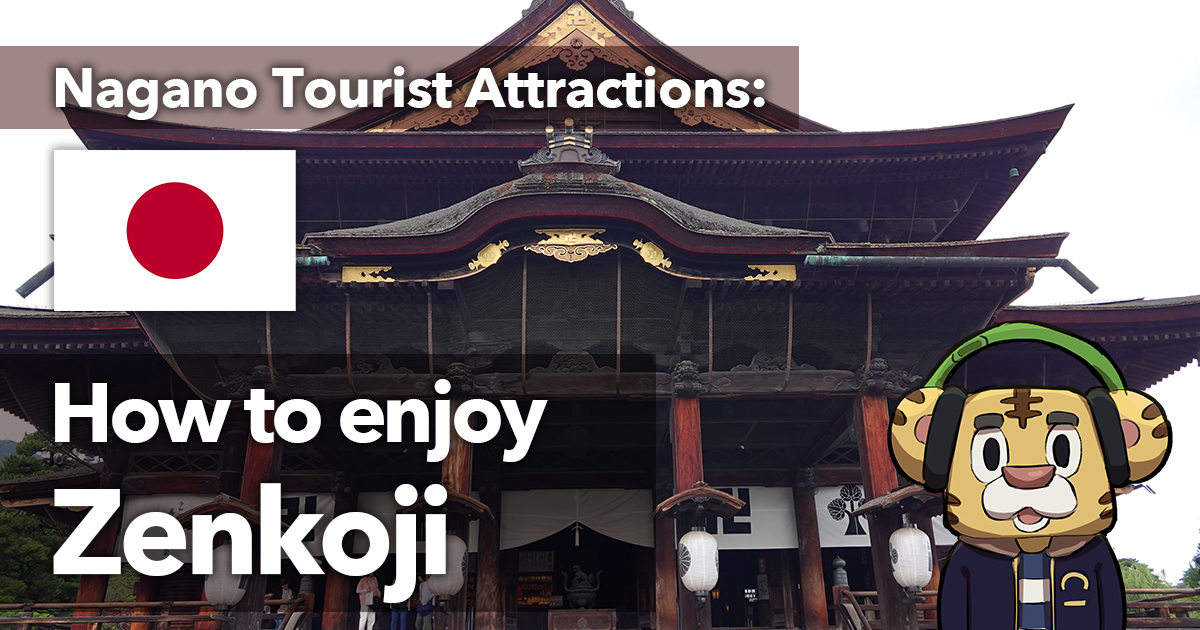INTRODUCTION
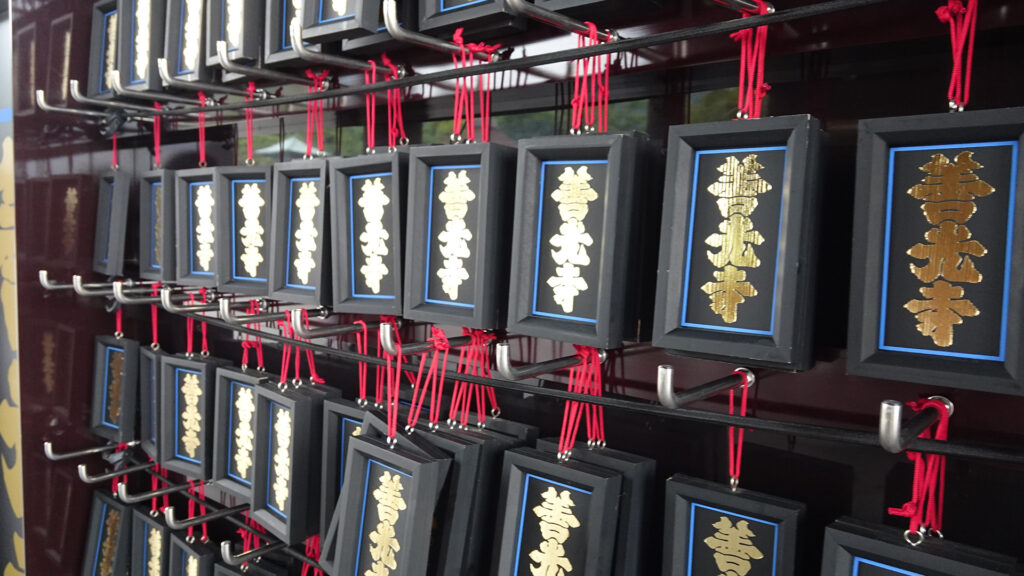
Zenkoji Temple, located in Nagano Prefecture, is one of the most historic and important Buddhist temples in Japan. With a history of approximately 1,400 years since its founding, the temple has attracted many worshippers as an object of worship. Zenkoji is unique in that it is administered by both the Jodo and Tendai sects, and its unique religious culture and deep history attracts visitors.
The temple is especially crowded with visitors during the “Gokaicho” period, when the hidden Buddha statues are unveiled. Gokaicho is a major event that takes place once every seven years, when Zenkoji’s principal image, the “Ikko-Sanson Amida Nyorai Statue,” is unveiled to the public, attracting many visitors. This opportunity to see this normally unseen statue attracts tourists from all over Japan.
In addition, many buildings and Buddhist statues designated as important cultural properties are scattered throughout the precincts of Zenkoji Temple, allowing visitors to enjoy a stroll through the temple’s history and culture. The approach to the temple is lined with stores offering local products and specialties, allowing visitors to enjoy the culinary culture as well.
Zenkoji Temple is loved by many travelers not only for its religious and historical value, but also for its surrounding natural beauty and easy access to hot spring resorts, making it a highlight of Nagano tourism. This guide will provide you with detailed information on how to enjoy Zenkoji Temple and further enrich your trip.
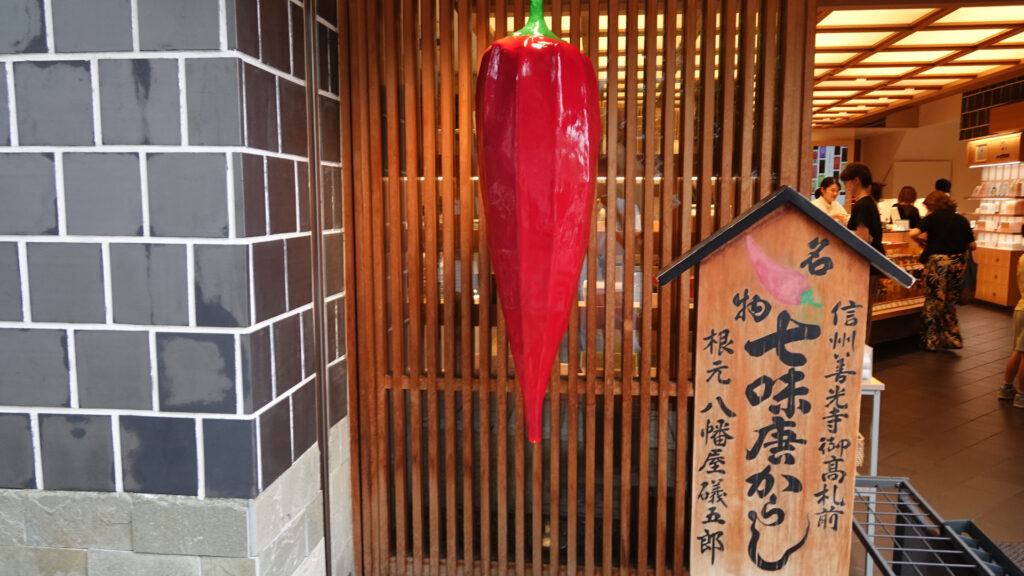
History and Culture of the Sightseeing Area
Zenkoji Temple is a Japanese Buddhist temple with a history of approximately 1,400 years, dating back to the Asuka Period. According to legend, Zenkoji was built during the reign of Emperor Suiko (early 6th century) to enshrine the main image, the “Ikko-Sanson Amida Nyorai” statue, which came from India. This statue is considered the oldest Buddhist image in Japan and is a very important cultural asset.
Zenkoji Temple has the unusual format of being a “concurrent temple,” which means that both the Jodo and Tendai sects jointly administer the temple. This format was created during the Warring States period to avoid conflicts between the two sects, and has continued to the present day. Monks of both sects take turns in managing the temple, and this cooperative relationship is a major characteristic of Zenkoji.
Zenkoji Temple is so revered that it is said, “If you don’t visit the temple at least once, you will not be able to pass away,” and many visitors come to the temple throughout the year. The temple is especially crowded with visitors during the “Gokaicho” festival held once every seven years, when the main statue of Amida Nyorai is unveiled to the public. The Gokaicho is a major event that draws devotees and tourists from all over Japan, testifying to the depth of faith and cultural importance of Zenkoji.
Furthermore, many important cultural properties are located within the precincts of Zenkoji Temple. For example, the main hall is designated as a National Treasure, and its majestic architecture is well worth seeing. The temple grounds are also dotted with various historical buildings and Buddhist statues, each with its own unique historical and cultural background.
Zenkoji Temple is an important center for a deeper understanding of Nagano Prefecture’s history and culture, and a visit there is a valuable opportunity to experience Japanese Buddhist culture and history. A visit to this area will give visitors a sense of the ancient history of the faith and its continuation in the modern age.
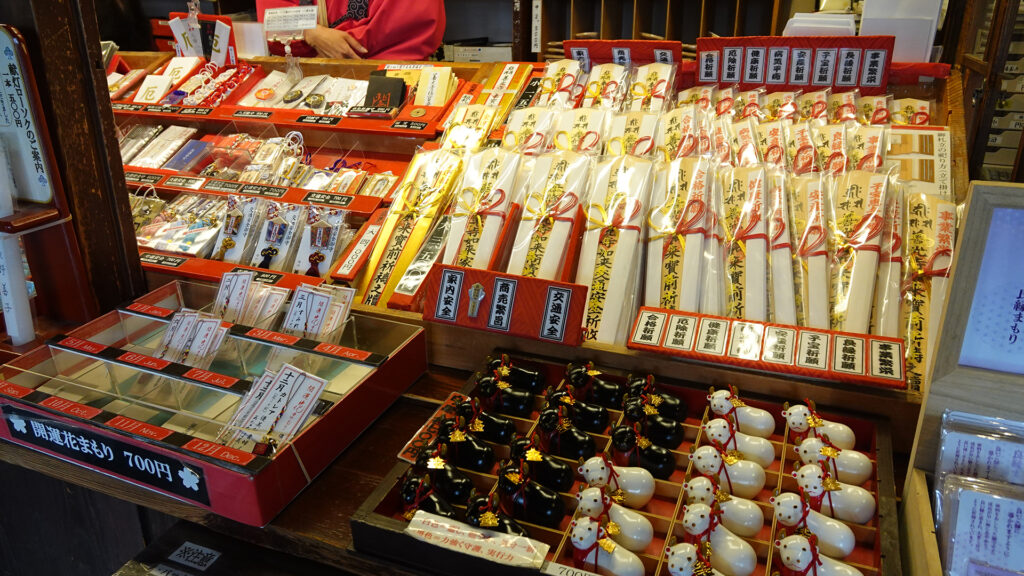
Places to visit
Suggested times of year to visit
The best times to visit Zenkoji Temple are spring and fall. In spring (April to May), the cherry blossoms are in full bloom and the temple grounds are covered in a beautiful pink color. Autumn (October to November) is the best time to visit, when the precincts of the temple are covered in colorful autumn foliage. The view of the autumn leaves against the backdrop of Zenkoji Temple’s main hall is especially worth seeing. Summer and winter can also be enjoyed with their own seasonal touches, but considering temperature and weather conditions, spring and fall are the most pleasant times to visit.
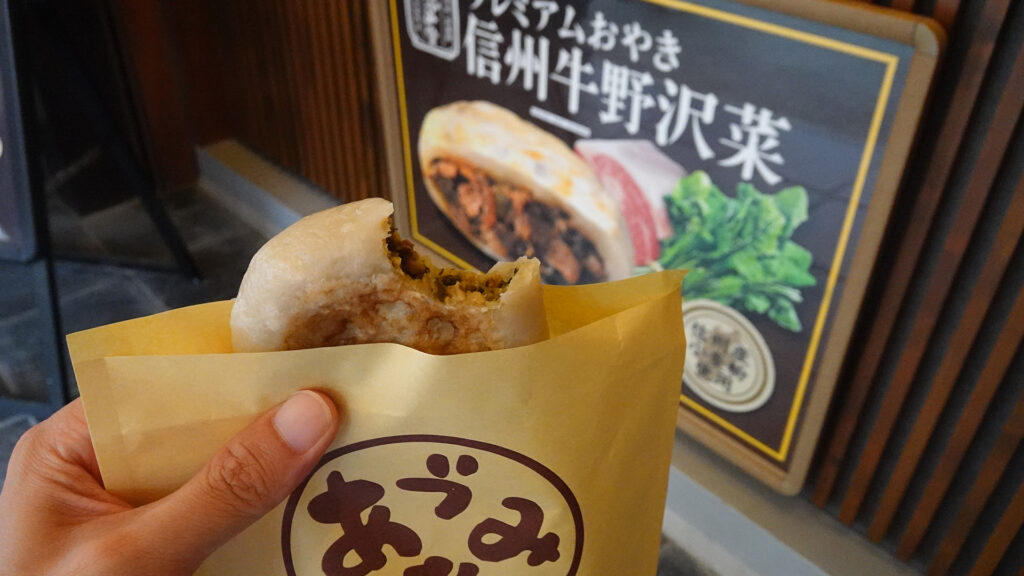
Major tourist attractions and popular spots
Zenkoji Temple is dotted with many attractions. The following are some of the most popular spots.
- Zenkoji Main Hall: Designated as a National Treasure, the Main Hall is a place of majestic architecture and deep history. Inside the main hall, visitors can experience the depth of faith by groping their way through the darkness on the “kaisandan gyuri,” a tour of the temple that simulates the Pure Land of Paradise.
- Sanmon: This is the symbolic gate of Zenkoji Temple, and inside there are exhibits on the history and culture of Zenkoji Temple. The gate also offers a beautiful view of the city of Nagano.
- Nakamise-dori: This street along the approach to Zenkoji Temple is lined with many souvenir stores and eateries. You can enjoy local specialties and delicious gourmet food.
- Shukubo: Zenkoji Temple has several shukubo, where visitors can stay overnight and participate in the early morning service. This is a special experience that cannot be had at ordinary lodging facilities.
- Treasure House: Historical treasures of Zenkoji are on display, a must-see for those interested in Buddhist art and history.
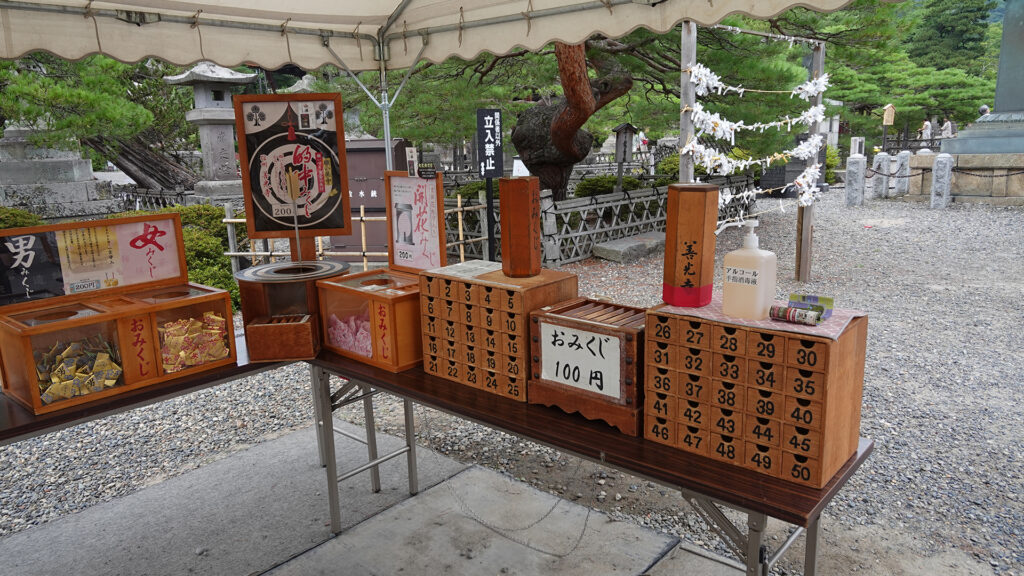
Points of Attention at Sightseeing Spots
There are a few things to keep in mind when visiting Zenkoji Temple.
- Crowded: The temple is extremely crowded, especially during the cherry blossom viewing season in the spring, the fall foliage season, and the once-every-seven-years Gokaicho (opening of the temple to the public). If you visit early in the morning or late in the evening, the temple is often relatively empty.
- Clothing: The temple grounds are large and the walking distances are long, so be sure to wear comfortable shoes and clothing appropriate for the season. In the winter, you will need to be prepared for snow and cold weather.
- Manners: Zenkoji Temple is a place of worship, and visitors are expected to worship quietly. Visitors should refrain from taking pictures and talking loudly, especially in sacred areas such as the main hall and the tour of the kairan.
A visit to Zenkoji Temple is a wonderful opportunity to appreciate its history, culture, and the natural beauty of the four seasons. These highlights and precautions will help you enjoy a wonderful experience.
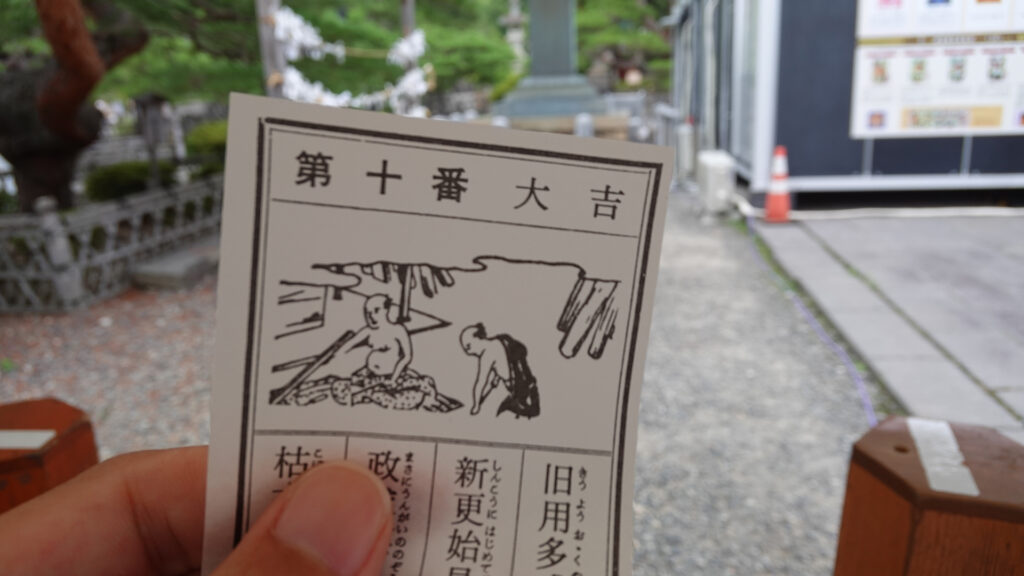
Access
Access to Zenkoji Temple is extremely convenient, and its central location in Nagano City makes it easily accessible from many locations. Here are some of the major modes of transportation and specific access methods.
From Tokyo
Here are some ways to access Zenkoji Temple from Tokyo.
By train.
- Shinkansen: Take the Hokuriku Shinkansen from Tokyo Station to Nagano Station. The trip takes about 1 hour and 30 minutes. From Nagano Station, take a bus or cab to Zenkoji Temple.
- Conventional train: You can also take the Joetsu Shinkansen to Takasaki Station and then take the Shinano Railway to Nagano Station, but the trip will take approximately 3 hours longer than the Shinkansen.
Bus route.
- Express Bus: Express buses run from Tokyo and Shinjuku stations to Nagano. The trip takes about 3.5 to 4 hours. From Nagano Station bus terminal, take a bus or cab to Zenkoji Temple.
Access from Narita Airport
Here is how to get to Zenkoji Temple from Narita Airport.
If you take the train
- Narita Express and Shinkansen: From Narita Airport, take the Narita Express to Tokyo Station, then transfer to the Hokuriku Shinkansen and get off at Nagano Station. Total travel time is approximately 3 hours.
**Bus *: If you take a bus*.
- Express Bus: Express buses are also available from Narita Airport to Nagano Station. The trip takes about 5 hours, but there are no transfers, so it is an easy trip.
Access from Haneda Airport
Here is how to get to Zenkoji Temple from Haneda Airport.
By train
- Keikyu Line and Shinkansen: From Haneda Airport, take the Keikyu Line to Shinagawa Station, then transfer to the Hokuriku Shinkansen and get off at Nagano Station. Total travel time is approximately 2.5 hours.
**Bus *: If you take a bus*.
- Express Bus: Express buses to Nagano are also available from Haneda Airport. The total time required is about 4.5 hours.
Access from Nagano Station to Zenkoji Temple
You can get to Zenkoji Temple from Nagano Station by the following ways.
By bus.
- Bus: There are frequent buses from Nagano Station to Zenkoji Temple. The trip takes about 10 minutes, and you can get off at the Zenkoji Daimon stop.
Taxi.
- Taxi: Taxis are also available from Nagano Station to Zenkoji Temple. The trip takes about 10 minutes and costs about 1000 yen.
Public transportation is the best way to get to Zenkoji Temple. When planning your trip, please check the timetable and operation status in advance and be prepared for a smooth trip.
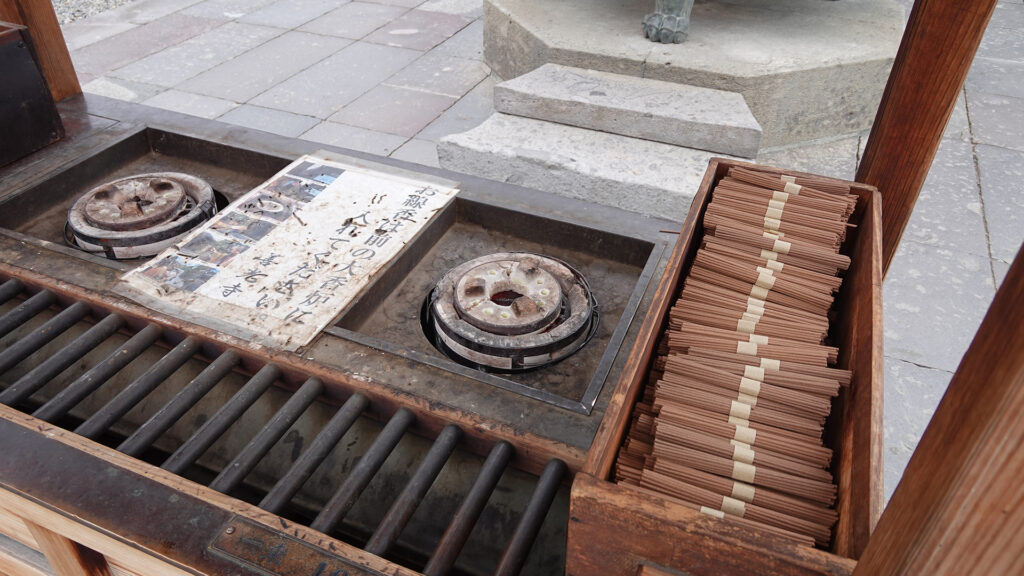

Hours of operation, admission fees
Hours of Operation
Zenkoji Temple is open to visitors year-round, but the opening hours of each facility vary. Details are summarized below.
- Hondo Naijin
- Opening hours: 1 hour before the morning service
- Closing hours: April to October until 16:30, March and November until 16:15, December to February until 16:00.
- Note: Dec. 31st: 13:00, Dec. 28th: 8:30
- Sanmon Gate, Sutra Repository, and Archives.
- Opening hours: 9:00
- Closing time: 16:00 (until 13:00 on Dec. 31)
Admission Fees
Admission to the Zenkoji temple grounds is free, but certain facilities require an admission fee. A common ticket (for the three halls and the historical archives) is available for a discount.
- Zenkoji temple visitation set ticket (inner sanctuary of the main hall, tour of the Buddhist memorial service, temple gate, sutra library, and archives)
- Adults: 1,200 yen
- High school student: 400 yen
- Elementary and junior high school students: 100 yen
- Preschool children: free
- Main Hall and Altar Tour Ticket**
- General: 600 yen
- High school student: 200 yen
- Elementary and junior high school students: 50 yen
- Preschool children: free
- Sanmon Gate ticket
- General: 600 yen
- High school students: 200 yen
- Elementary and junior high school students: 50 yen
- Preschoolers: Free
- Ticket for Sutra Repository
- General: 300 yen
- High school students: 100 yen
- Elementary and junior high school students: 50 yen
- Preschool children: free
These tickets can be purchased at each hall. For more information, please check the official Zenkoji website or inquire at the local information center. We hope you will fully enjoy this precious experience of Zenkoji’s history and culture.
Summary
Zenkoji Temple is located in Nagano Prefecture and is one of the most historic and important Buddhist temples in Japan. With a history of approximately 1,400 years, this unique temple is jointly administered by the Jodo and Tendai sects and attracts many visitors for its cultural and religious value. Spring and fall are the best times to visit, with beautiful cherry blossoms and autumn leaves, and the temple is especially crowded with visitors during the “Gokaicho” period, which occurs once every seven years.
The main attractions include the main hall, which is designated as a national treasure, the temple gate, which can be toured inside, and Nakamise Street, lined with souvenir stores and restaurants. Also recommended is the special experience of staying at a shukubo (lodging house) and participating in the early morning service. When visiting Zenkoji, be sure to wear comfortable walking shoes and clothing appropriate for the season, and early morning or evening hours are recommended to avoid crowds.
Access to the temple is approximately 1.5 hours from Tokyo by Shinkansen bullet train and conveniently accessible from Narita and Haneda airports. From Nagano Station, it takes about 10 minutes by bus or cab. It is important to check in advance the hours of operation and admission fees for the main hall, treasure hall, and temple gate.
A visit to Zenkoji Temple is a rare opportunity to gain a deeper understanding of Japanese history and culture. Please visit and experience its charm to the fullest.

